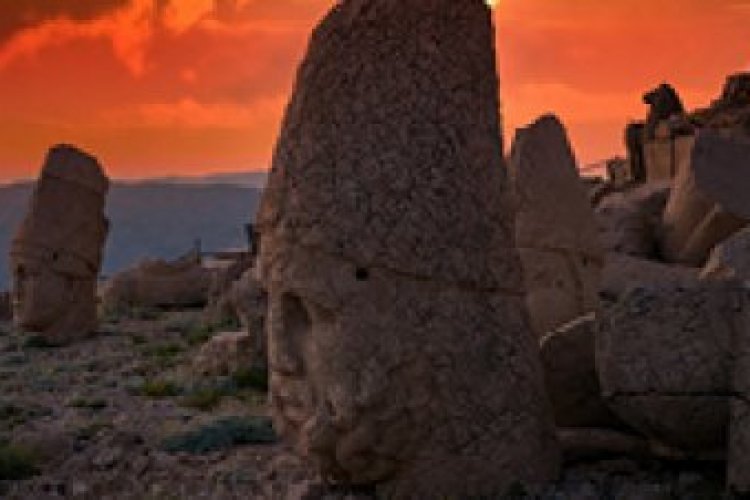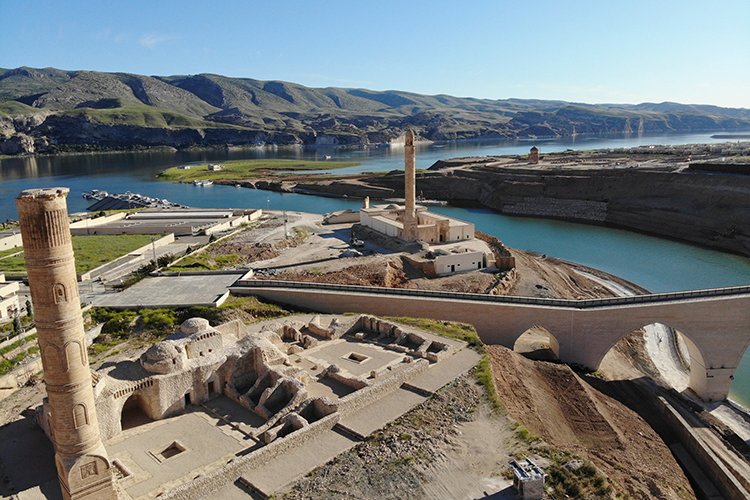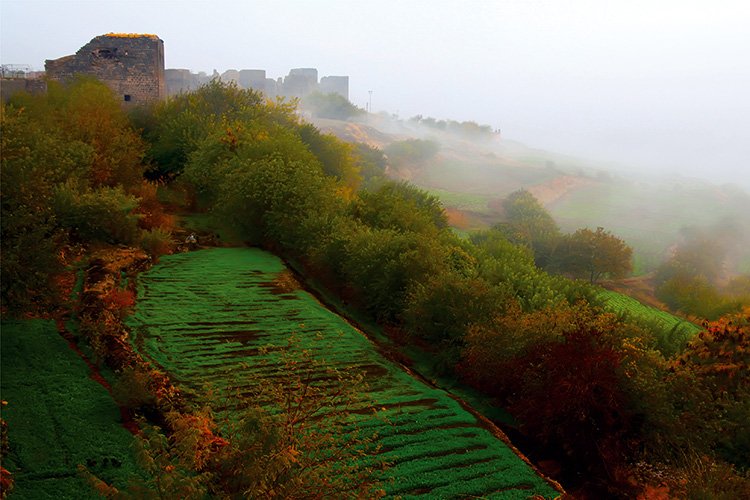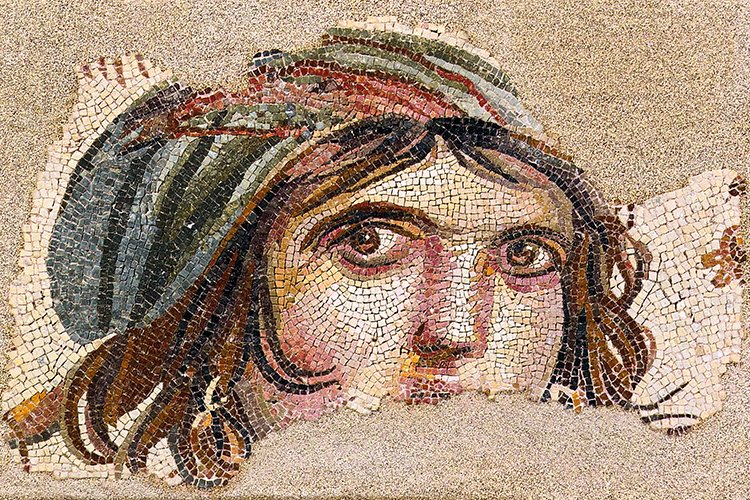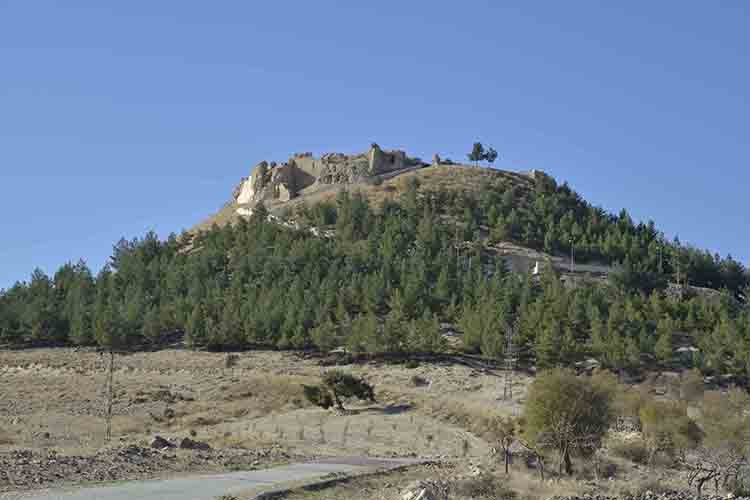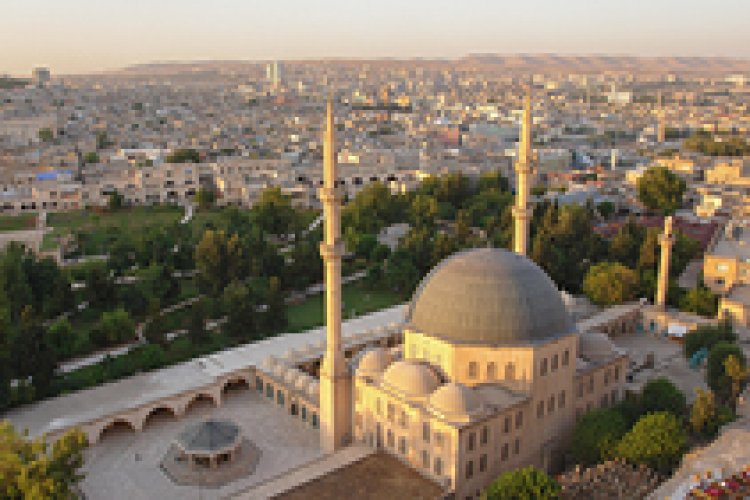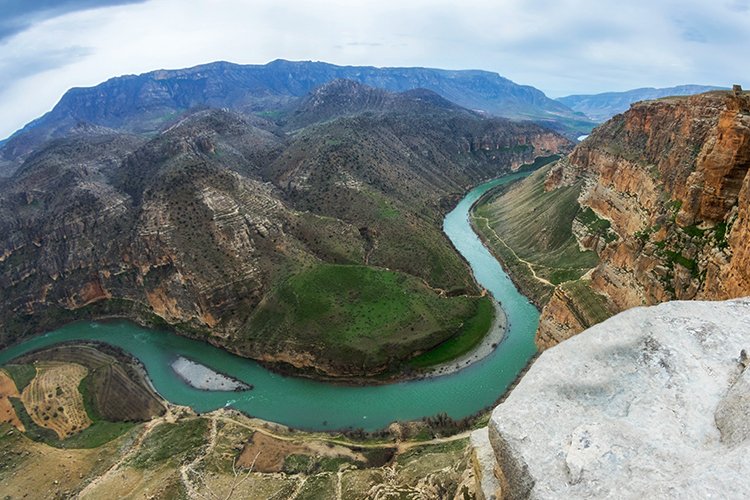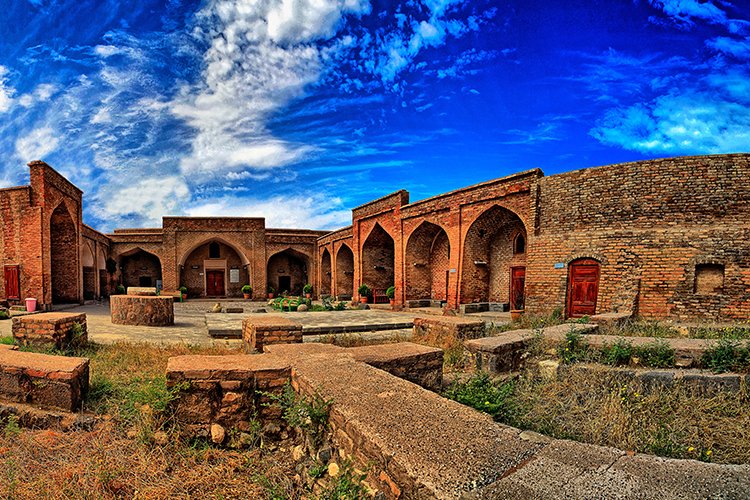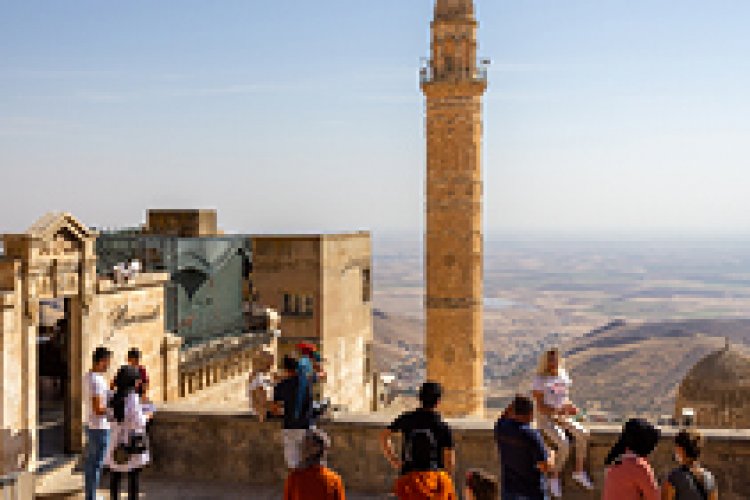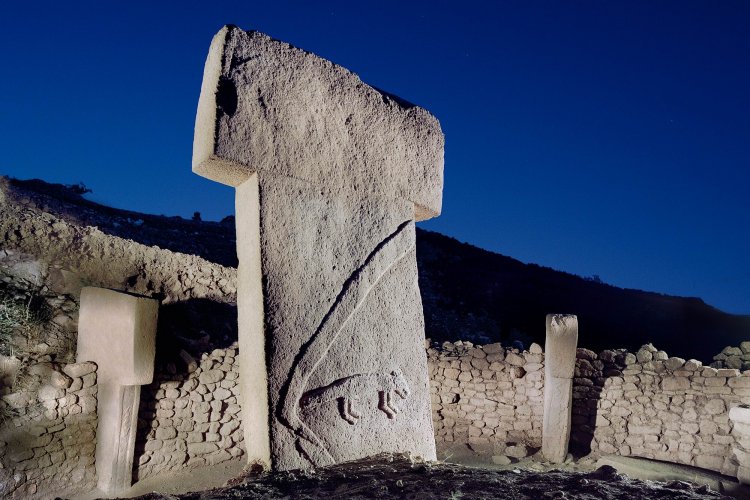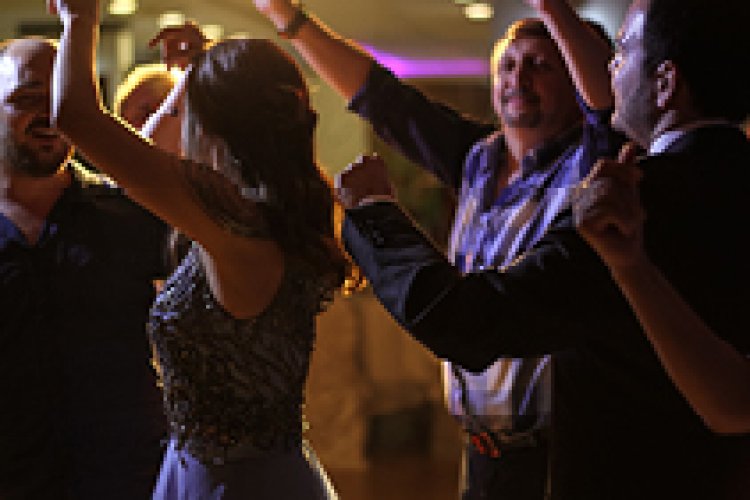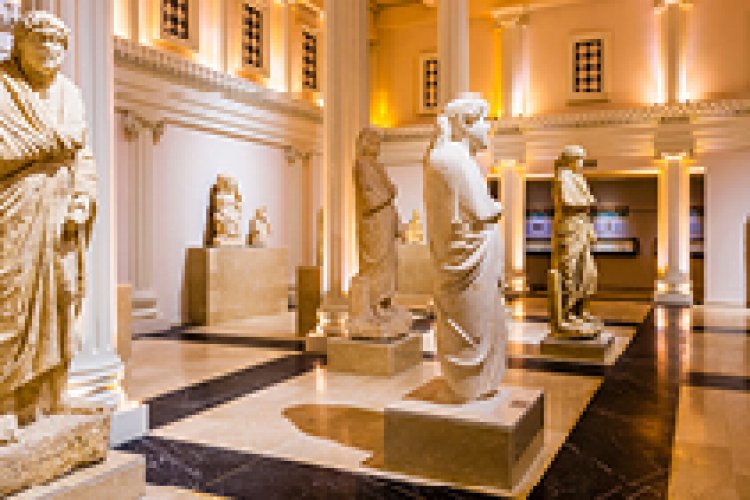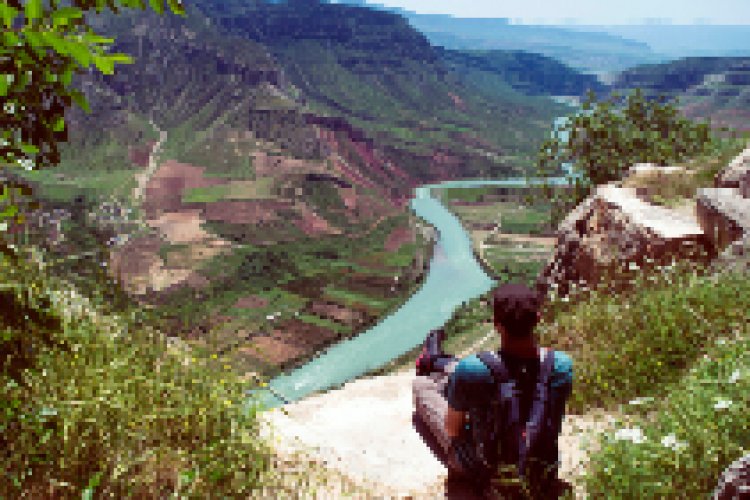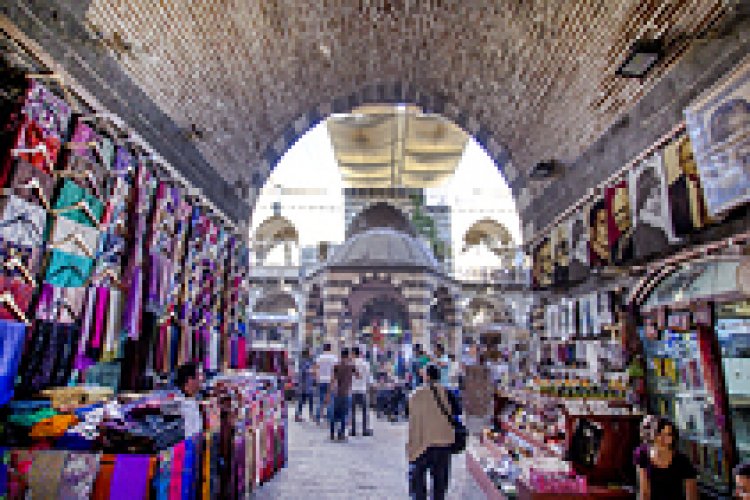Gaziantep
Gaziantep, which is "the apple of the world’s eye" with its living history, flavors and unique culture, has always been the center of culture and trade on the Historical Silk Road, at the junction of Mesopotamia and the Mediterranean. Gaziantep, which was included in the "Creative Cities Network", which includes 47 cities from 33 countries, by UNESCO thanks to the countless flavors that Gaziantep cuisine offers to the world, especially lahmajun and baklawa, offers an opportunity to explore culture, history and cuisine that you will be satisfied with, at a destination where you can easily reach by bus or plane, and where there is not harsh climate conditions. Gaziantep, which is literally a "city of museums", promises a long list of "places to visit" with its castle, old city, inns, mosques, baths, mansions and many ruins.
Must Do
Taste the black mulberries between the sculptures at Yesemek Open Air Museum.
Visit the city of Goddess Kubaba.
Visit Zeugma Museum, then read the graffities of the villas at Zeugme Archaeological Site, daydream, sit for a while at a kline.
Salute Rumkale while on a boat.
Have lots of fun at the Zoo and the Adventure Park with your kids, try to make your own perfume at the Museum of Islamic Work.
Get lost in the streets and inns of Old Antep.
Watch the making of the baklawa first, then taste them!
Did You Know
Wonderland for Children; Erikce Ski Track and Adventure Park especially for young people; The Zoo, which is Turkey's largest natural life protection and recreation area for everyone, are among the places where you can spend time with your family in Gaziantep.
Did you know that the kerchiefs used in the Troy and Harry Potter movies are produced in Gaziantep?
Make sure to stop by the Gar Restaurant located in the Gaziantep Train Station, which is currently closed. You can be sure that you will have a unique experience with both its atmosphere and the flavors it offers.
The production place of the copper ehlikeyf, which is well known by the people who love to drink raki is in Gaziantep. In the middle of the ehlikeyf, there is a reservoir to fit the raki glass. There is also a circle around which ice will be placed. Thanks to ehlikeyf, the raki does not get warmer, and the raki always maintains its balance since the ice is not thrown into the raki. The reason why copper is preferred in the production of ehlikeyf is the conductivity of copper.
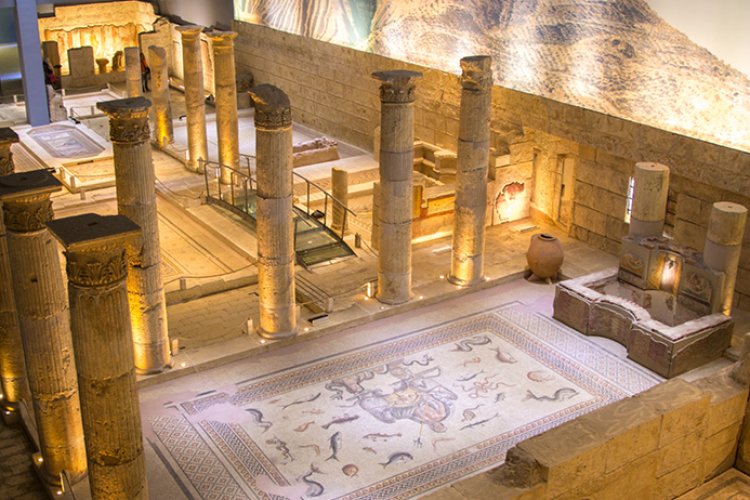
Zeugma Mosaic Museum
With a total of 1,700 square meters of mosaics exhibited in a 30 thousand square meter indoor area, Zeugma Mosaic Museum is the largest mosaic museum in the world. In the basement of the museum, there is a statue of Mars, the god of war from the 1st century A.D., and on the ground floor are the uniquely beautiful mosaics found in the villas on the banks of the Euphrates. The excavated twin villas of Poseidon and Euphrates, mosaics, murals, fountains, columns and walls are exhibited in their original positions and in their original dimensions. On the second floor, in the mysterious room designed as a labyrinth, the deprived gaze of the famous 'Gypsy Girl' mosaic is mesmerizing. In the museum, the past and the future meet in the present thanks to the visual completion of the missing parts of 2,000-year-old mosaics over the years with a laser system.
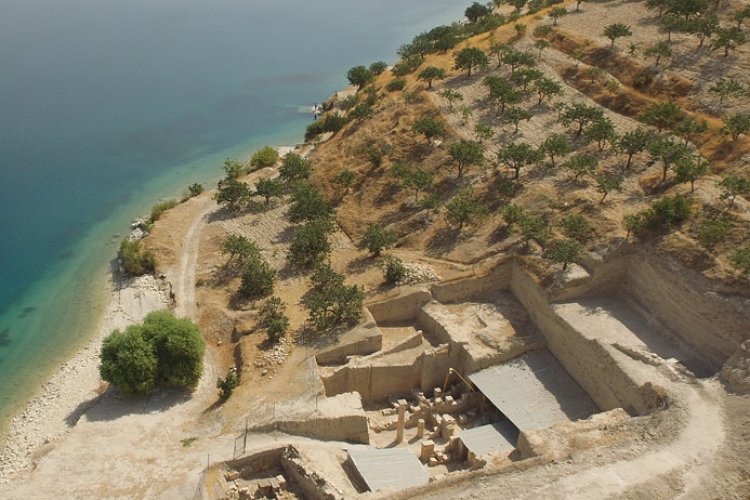
Zeugma Ancient City
Zeugma was founded on the banks of the Euphrates River in 300 BC by the commanders of Alexander the Great, King of Macedonia. Its importance increased even more when a Roman legion settled in the city. The river became a center of attraction with its trade and mobility in social life, and the merchants, commanders and wealthy people who settled in Zeugma built many villas on the terraces overlooking the Euphrates. Skillful artists decorated the floors of these villas with mosaics of mythological subjects of the ancient period and the walls with frescoes using colored stones quarried from the Euphrates River. If you want to see the unique mosaics depicting mythological Greek gods, some of which were found on the floor of a pool, some on the wall of a dining hall, and some on the walls of rooms, there are very few places in the world where you can experience this experience like in Zeugma.

Carchemish Ancient City
In addition to prehistoric remains, two main settlements from the Early and Late Hittite periods were identified in the ancient city of Karkamış, one of the most important settlements of Near Eastern Archaeology. While examining the ruins here, keep an eye on the reliefs in Hittite-Assyrian style. With the depictions of soldiers, priests, people carrying various animals, princes armed with long and straight swords, chariots, mixed creatures and protective animals in the ceremonial procession in the name of Goddess Kubaba and her name in the reliefs mostly belonging to the Late Hittite period, you will have a glimpse of the lifestyle, clothing and culture of the early first millennium BC.

Yesemek Open Air Museum
Yesemek, which was the largest stone quarry and sculpture workshop in the Middle East during the Hittite civilization between the 14th and 7th centuries BC, was taken over by the Assyrians and the activities of the workshop were terminated and the masters were taken to Assyria. With the masters gone, everything remained as it was; from that moment on, time was frozen for Yesemek. On an area of 110 acres, Yesemek is a historical sculpture school unique in the world where you have the opportunity to watch all the stages of craftsmanship. Today, in the Yesemek Open Air Museum, where more than 300 sculpture drafts are unearthed and exhibited in a certain order, the vast majority of the drafts are door lions, the guardians of the gates of Hittite cities. Monumental sphinxes (winged lion with a woman's head), bear men, chariots, mountain men, hunting scenes are other important works found in the workshop.
